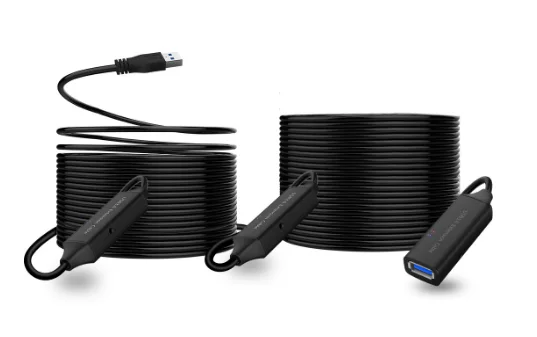

Software defaults should be avoided, as they build a precarious discourse for the discipline of architecture. When transferring a technique from a different field, if the technique is reflected in the geometry of the project, we as designers are relinquishing our responsibility for how that design impacts material discourse. Instead of accepting AI and other emergent technologies at face value for their potential, as designers, we should explore qualitative aspects that have the greatest potential to have material impacts on the discipline.Īdvanced techniques should also be used in such a way that material assembly supersedes the use of digital tools.

Applications of AI in urban planning have likewise been efficiency based, aiming to move people around cities in ways that meet the least resistance or enable driverless cars to operate smoothly. For example, artificial intelligence and its techniques of machine learning are based on chances of success and accuracy, an efficiency-based model. To start, techniques which are hallmarks of digital processes, if borrowed from other fields, should be narrow in their scope and tested against the discipline of architecture to determine whether they have potential for enhancing it. To this end, there are several compelling means by which design should address core issues of the discipline. The way to achieve this goal is to implement discrete modelling precision in building design and construction and apply it to disciplinary questions at every level. By focusing on material architectural discourse-the things, places, buildings, and respective contexts of architecture in the world, designers can bring the extremes of qualitative design and quantitative technologies into close cooperation in service of the discipline. While digital technologies and experimentation have had a momentous impact on design, the success of the digital cannot be measured by its widespread use alone. Terms like “blobs,” “non-standard,” “parametric,” and “organic” all describe the forms that were being generated, which led to a fascination with surface continuity and consolidated in a totalizing movement. Efficiency drove architectural discourse towards optimization and quantitative models often irreconcilable with more robust measures of design intent. Design, traditionally guided by the qualitative underpinnings of philosophy, science, and the fine arts, was faced with rapid changes in technology conversely guided by quantitative technical measures. When first introduced to architecture in the early 1990s, the digital brought with it a bifurcation of theoretical interests: the material and the immaterial. This issue of Architectural Design AD, Impact, signifies an expansion of the digital discourse that foregrounds the discipline of architecture and its cultural context.

In their introduction to the issue, Rahim and Jamelle look to a new culture of making where architectural projects embrace innovative digital technology while moving beyond the digital signature used in their creation. The most recent issue of Architectural Design has been guest edited by Ali Rahim, professor of architecture and director of the MSD-AAD program, and Hina Jamelle, senior lecturer in architecture and director of urban housing, takes on the theme of Impact. Center for the Preservation of Civil Rights Sites.The Center for Architectural Conservation.Center for Environmental Building & Design.Justice and Belonging at Weitzman: Beyond DEI.


 0 kommentar(er)
0 kommentar(er)
